Rising Incidence of Brucellosis
The increasing incidence of brucellosis in South America is a critical driver for the brucellosis market. Reports indicate that the prevalence of this zoonotic disease has been on the rise, particularly in rural areas where livestock farming is prevalent. The World Health Organization has noted that brucellosis affects thousands of individuals annually, leading to significant health concerns. This situation compels governments and health organizations to invest in better diagnostic and treatment options, thereby stimulating growth in the brucellosis market. Furthermore, the economic burden associated with brucellosis, estimated at millions of dollars annually, underscores the need for effective control measures and healthcare interventions, which could further enhance market dynamics.
Increased Awareness and Education
There is a growing awareness regarding brucellosis among both the public and healthcare professionals in South America. Educational campaigns aimed at informing farmers and livestock handlers about the risks associated with brucellosis are becoming more prevalent. This heightened awareness is likely to lead to increased demand for diagnostic tests and vaccines, thereby driving the brucellosis market. As more individuals recognize the symptoms and transmission routes of the disease, they are more inclined to seek medical attention and preventive measures. Consequently, this trend may result in a more proactive approach to managing brucellosis, which could significantly impact market growth and development in the region.
Government Initiatives and Funding
Government initiatives aimed at controlling zoonotic diseases, including brucellosis, are pivotal in shaping the brucellosis market. In South America, various governments have allocated funding for research and development of vaccines and diagnostic tools. For instance, initiatives to enhance surveillance and reporting systems for brucellosis cases are being implemented. Such government support not only facilitates advancements in medical technology but also encourages private sector investment in the brucellosis market. The financial backing from public health agencies is expected to bolster the development of innovative solutions, thereby addressing the challenges posed by brucellosis and enhancing overall market potential.
Advancements in Veterinary Medicine
Advancements in veterinary medicine are significantly impacting the brucellosis market in South America. Innovations in vaccine development and diagnostic technologies are enhancing the ability to control and prevent brucellosis in livestock. The introduction of more effective vaccines and rapid diagnostic tests is likely to improve disease management strategies among farmers and veterinarians. As these advancements become more accessible, they may lead to increased adoption rates among livestock producers, thereby driving demand in the brucellosis market. Furthermore, the integration of veterinary services with public health initiatives could foster a more comprehensive approach to managing brucellosis, ultimately benefiting both animal and human health.
Livestock Trade and Economic Factors
The livestock trade in South America plays a significant role in the dynamics of the brucellosis market. As the demand for meat and dairy products continues to rise, the risk of brucellosis transmission among livestock increases. This situation necessitates stringent health measures and monitoring systems to prevent outbreaks, which in turn drives the market for brucellosis diagnostics and vaccines. Economic factors, such as fluctuations in livestock prices and trade agreements, also influence the market. For instance, a decline in livestock health due to brucellosis can lead to substantial economic losses, prompting stakeholders to invest in preventive measures and treatments, thereby stimulating market growth.


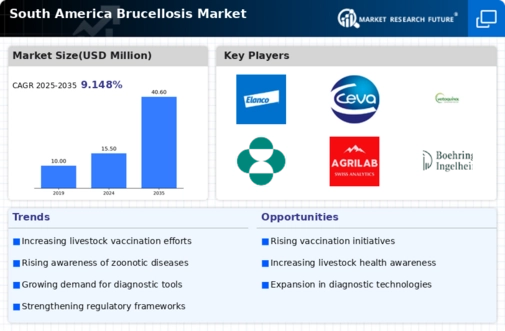

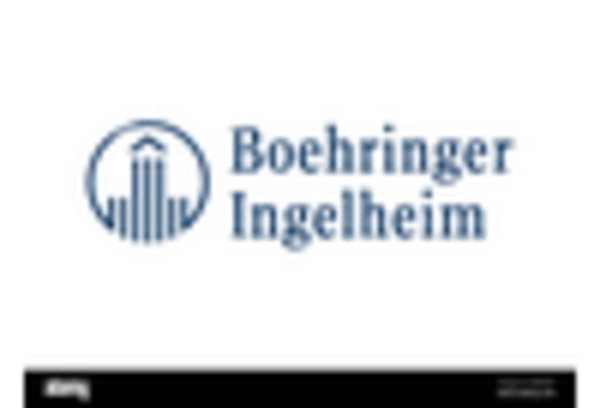


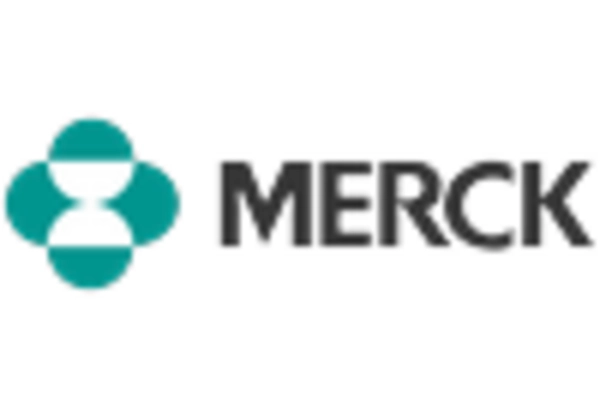
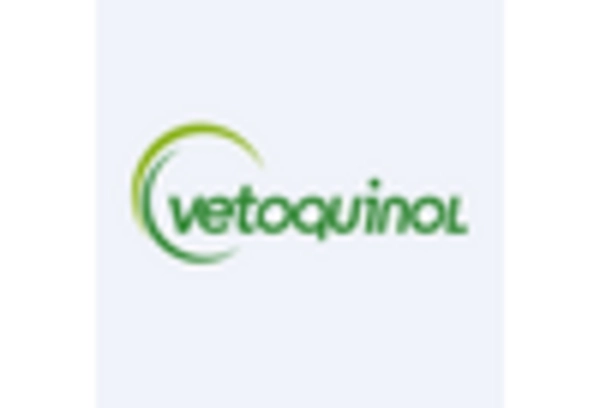
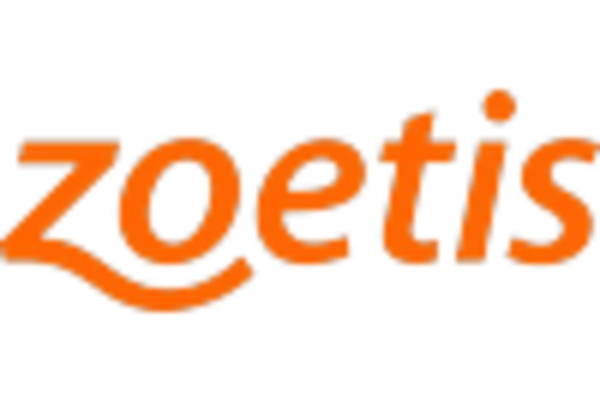








Leave a Comment